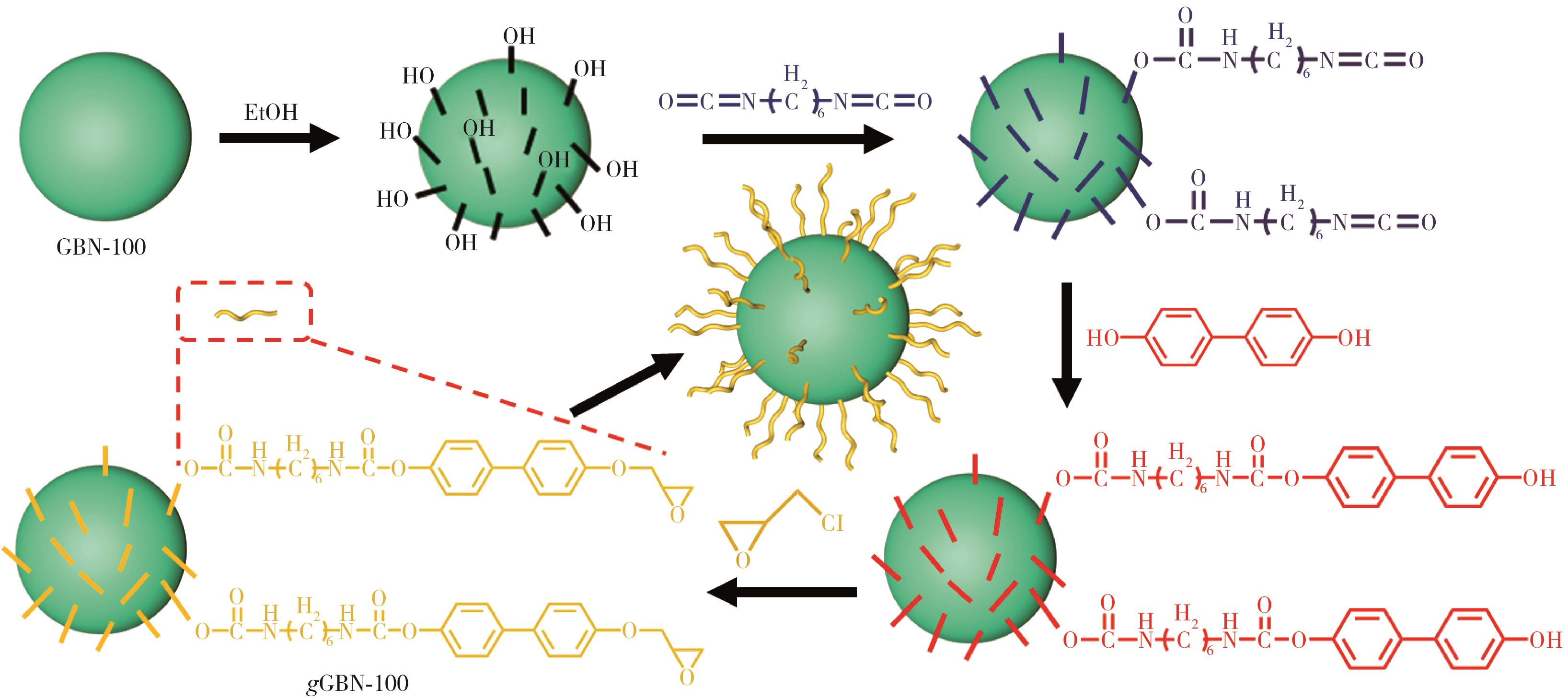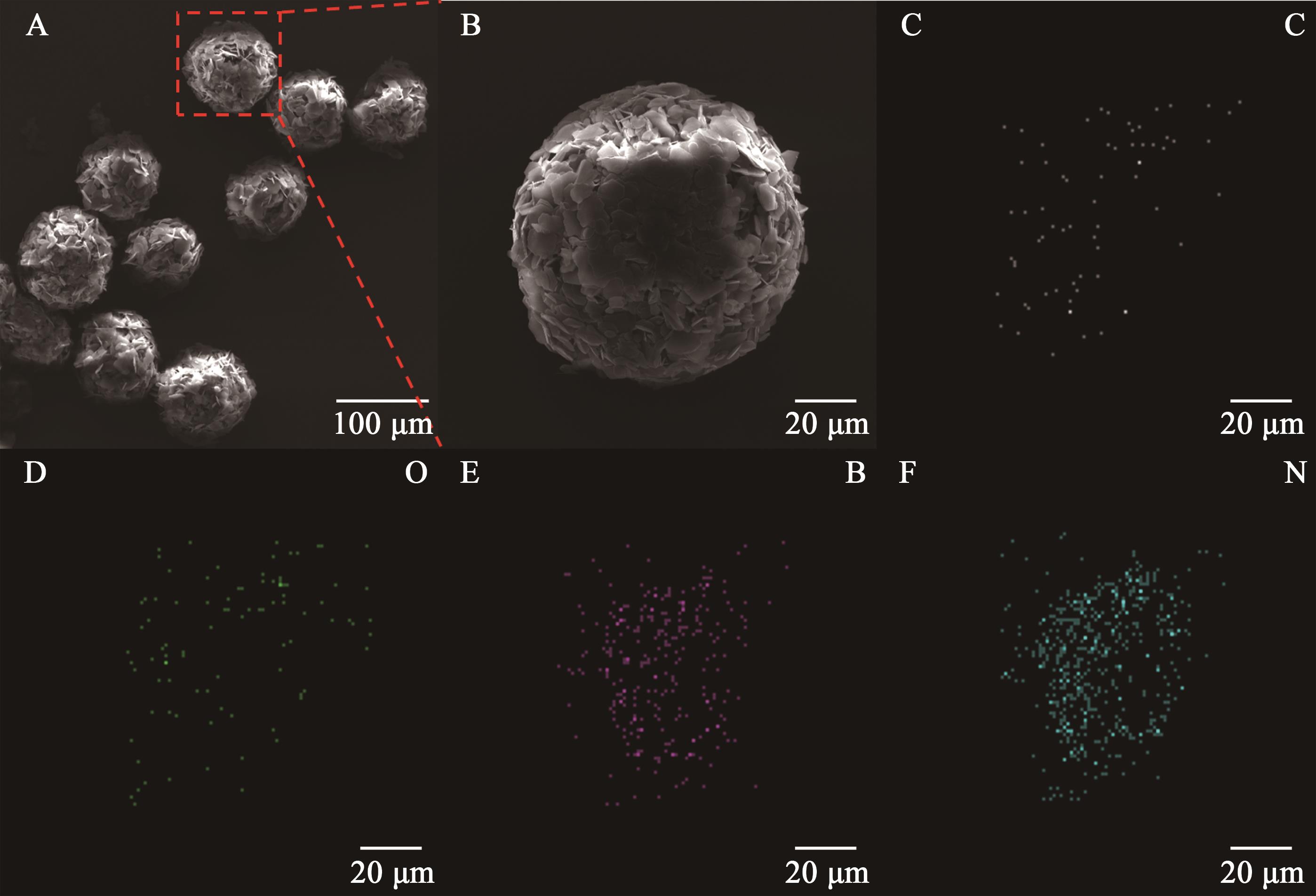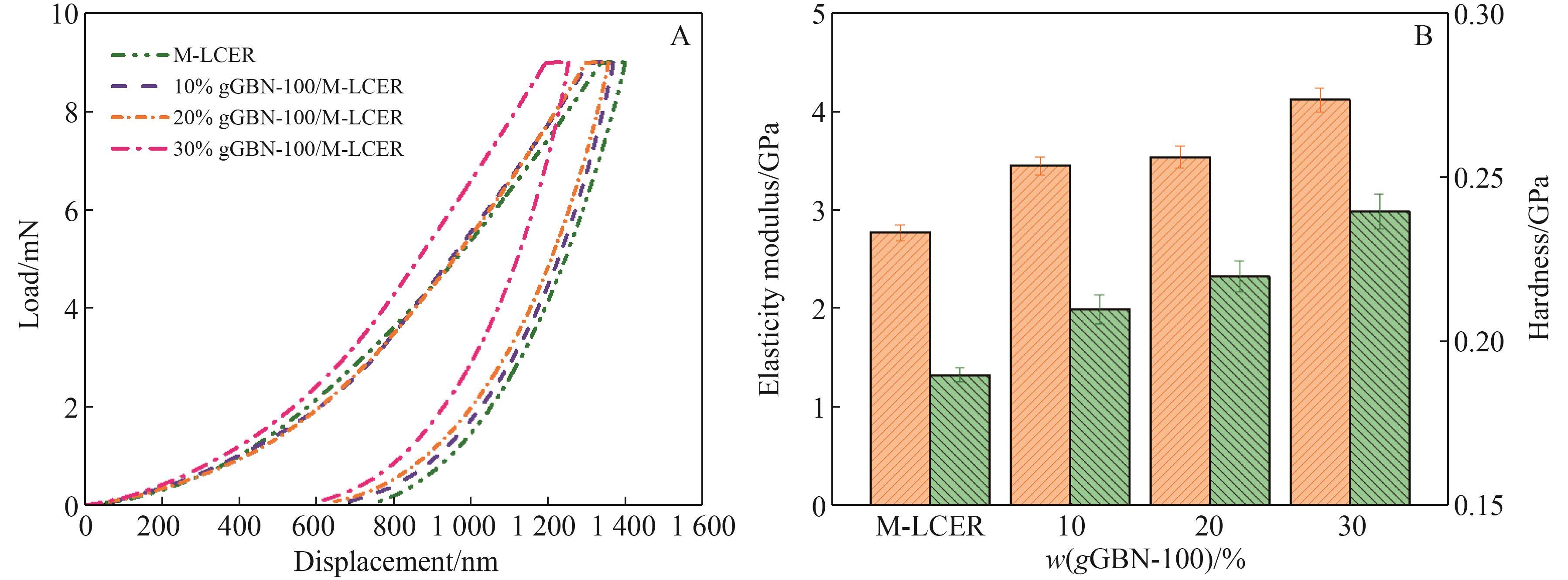| 1 |
CHEN J, HUANG X Y, ZHU Y K, et al. Cellulose nanofiber supported 3D interconnected GBN-100 nanosheets for epoxy nanocomposites with ultrahigh thermal management capability[J]. Adv Funct Mater, 2017, 27(5): 1604754.
|
| 2 |
董华, 周倩楠, 张敬奎, 等. 石墨烯/碳纳米管/环氧树脂复合材料导热性能的实验研究[J]. 热科学与技术, 2018, 17(1): 27-33.
|
|
DONG H, ZHOU Q N, ZHANG J K, et al. Experimental study on thermal conductivity of GP/MWCNTs/EP[J]. J Therm Sci Technol, 2018, 17(1): 27-33.
|
| 3 |
赵亚林, 周正荣, 马俊丽, 等. 环氧树脂基导热复合材料研究进展[J]. 高分子通报, 2020, 12: 18-23.
|
|
ZHAO Y L, ZHOU Z R, MA J L, et al. Research progress of epoxy resin based thermal conductive composites[J]. Polym Bull, 2020, 12: 18-23.
|
| 4 |
CHEN Y P, HOU X, LIAO M Z, et al. Constructing a “pea-pod-like” alumina-graphene binary architecture for enhancing thermal conductivity of epoxy composite[J]. Chem Eng J, 2020, 381(1): 122690.
|
| 5 |
JIANG Y, SUN R H, ZHANG H B, et al. Graphene-coated ZnO tetrapod whiskers for thermally and electrically conductive epoxy composites[J]. Compos Part A⁃Appl S, 2017, 94: 104-112.
|
| 6 |
SU J L, XIAO Y, REN M. Enhanced thermal conductivity in epoxy nanocomposites with hybrid boron nitride nanotubes and nanosheets[J]. Phys Status Solid, 2013, 210(12): 2699-2705.
|
| 7 |
田付强, 熊雯雯, 夏宇, 等. 高导热环氧树脂基复合绝缘材料及其在金属基覆铜板中的应用[J]. 绝缘材料, 2020, 53(1): 1-8.
|
|
TIAN F Q, XIONG W W, XIA Y, et al. High thermal conductive epoxy resin-based composite insulating material and its applications in metal base copper clad laminates[J]. Insulating Mater, 2020, 53(1): 1-8.
|
| 8 |
HAN Y X, SHI X T, YANG X T, et al. Enhanced thermal conductivities of epoxy nanocomposites via incorporating in⁃situ fabricated hetero-structured SiC-GBN-100NS fillers[J]. Compos Sci Technol, 2020, 187: 107944.
|
| 9 |
刘圣楠, 王思蛟, 蔡会武. 填充型高环氧树脂导热复合材料研究进展[J]. 中国胶粘剂. 2018, 27(12): 49-54.
|
|
LIU S N, WANG S J, CAI H W. Recent advance of filled epoxy resin composites with high thermal conductivity[J]. China Adhes, 2018, 27(12): 49-54.
|
| 10 |
LIU Z D, CHEN Y P, LI Y F, et al. Graphene foam-embedded epoxy composites with significant thermal conductivity enhancement[J]. Nanoscale, 2019, 11(38): 17600-17606.
|
| 11 |
HUANG T, ZENG X L, YAO Y M, et al. Boron nitride@graphene oxide hybrids for epoxy composites with enhanced thermal conductivity[J]. RSC Adv, 2016, 6: 35847-35854.
|
| 12 |
SUN W, WANG L D, YANG Z Q, et al. Tuning the oxidation degree of graphite toward highly thermally conductive graphite/epoxy composites[J]. Chem Mater, 2018, 30(21): 7473-7483.
|
| 13 |
SHEN X, WANG Z Y, WU Y, et al. Effect of functionalization on thermal conductivities of graphene/epoxy composites[J]. Carbon, 2016, 108: 412-422.
|
| 14 |
LI Y Q, GAO J, LI X Y, et al. High mechanical and thermal properties of epoxy composites with liquid crystalline polyurethane modified graphene[J]. Polymers, 2018, 10(5): 485.
|
| 15 |
KAWAMOTO S, FUJIWARA H, NISHIMURA S. Hydrogen characteristics and ordered structure of mono-mesogen type liquid-crystalline epoxy polymer[J]. Int J Hydrogen Energ, 2016, 41(18): 7500-7510.
|
| 16 |
ISLAM A M, LIM H, YOU N, et al. Enhanced thermal conductivity of liquid crystalline epoxy resin using controlled linear polymerization[J]. ACS Macro Lett, 2018, 7(10): 1180-1185.
|
| 17 |
YANG X T, ZHU J H, YANG D, et al. High-efficiency improvement of thermal conductivities for epoxy composites from synthesized liquid crystal epoxy followed by doping BN fillers[J]. Compos Part B⁃Eng, 2020, 185: 107784.
|
| 18 |
JEONG I, KIM C B, KANG D, et al. Liquid crystalline epoxy resin with improved thermal conductivity by intermolecular dipole-dipole interactions[J]. J Polym Sci Pol Chem, 2019, 57(6): 708-715.
|
| 19 |
TANAKA S, HOJO F, TAKEZAWA Y, et al. Formation of liquid crystalline order and its effect on thermal conductivity of AlN/liquid crystalline epoxy composite[J]. Poly⁃Plast Technol, 2018, 57(4): 269-275.
|

 ), Bei CHENG1,2, Xu-Tong YANG1,2
), Bei CHENG1,2, Xu-Tong YANG1,2






